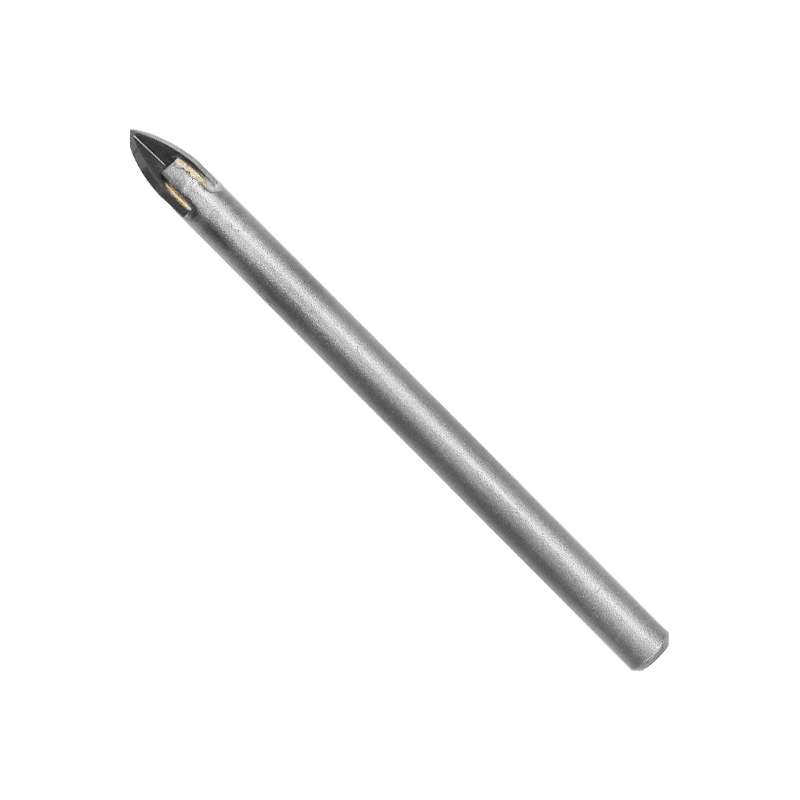2025-06-13
Drilling glass is a delicate process that requires specialized tools and techniques. One frequent concern when working with a Glass Drill Bit is whether the drilling will cause cracks or fractures in the glass. Due to the brittle nature of glass, it is understandable that users worry about potential damage. This article explores the factors that contribute to crack formation during glass drilling and provides practical advice on how to avoid these issues.

Glass is a hard yet fragile material that cannot withstand much mechanical stress without breaking. When a hole is drilled, pressure and friction concentrate around the drill site, especially near the edges of the hole. If these stresses become too great, cracks or chips may form and spread, ruining the glass piece or making it unsafe for use.
The quality and design of the Glass Drill Bit itself play a crucial role in reducing the chance of cracking. Most effective bits are made with tungsten carbide or diamond coatings, materials known for their hardness and ability to cut smoothly through glass. These bits produce clean holes with minimal chipping, which helps to prevent cracks from initiating.
Several key factors influence whether cracks will appear during drilling. Drilling speed must be carefully controlled. Running the drill at excessively high speeds generates heat and increases mechanical stress, both of which can contribute to cracking. Similarly, applying too much pressure on the bit forces the glass beyond its stress limits. It is recommended to use a moderate speed and apply gentle, consistent pressure to avoid damaging the glass.
Cooling is another vital consideration. Friction during drilling creates heat, which can weaken the glass around the hole and cause thermal stress that causes cracks. Applying water or another coolant continuously during drilling helps dissipate this heat. Cooling also washes away glass dust and debris, reducing friction and further lowering the risk of cracking.
Proper drilling technique greatly minimizes cracking risks. Beginning with a small pilot hole or making a shallow indentation to guide the bit helps prevent slipping, which often causes chips. Holding the glass securely on a stable surface prevents vibrations and uneven pressure distribution, both common causes of fractures. Slow, steady drilling combined with frequent breaks allows the bit and glass to cool, reducing thermal stress.
The type of glass being drilled is also important to consider. Annealed glass is generally easier to drill without cracking compared to tempered glass. Tempered glass is under internal tension and usually shatters when drilled, making it unsuitable for drilling with standard Glass Drill Bits. Knowing the glass type beforehand helps set realistic expectations and guides the selection of appropriate drilling methods.
In summary, while drilling glass inherently carries some risk of cracking due to its brittle nature, using a high-quality Glass Drill Bit and following recommended procedures can significantly reduce this risk. Controlling drilling speed and pressure, applying continuous cooling, using careful technique, and understanding the type of glass are all essential steps toward achieving clean, crack-free holes. By managing these factors, users can safely and effectively drill glass for various applications without compromising the material’s integrity.